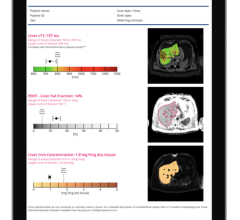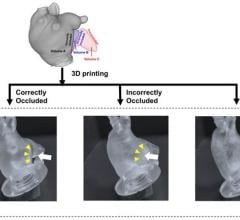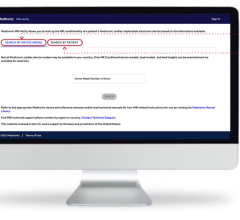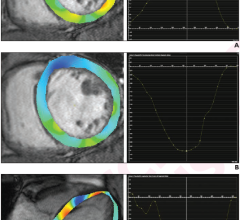August 19, 2008 - Dräger Medical Inc. today said its Fabius MRI anesthesia machine received FDA clearance, and is designed specifically to meet the requirements for the magnetic resonance imaging (MRI) environment.
The Fabius MRI is designed for use with 1.5T and 3.0T MRI systems. An integrated Teslameter provides an acoustic alarm if the Fabius MRI is positioned within a field-strength greater than 40mTesla (400 Gauss).
The Fabius MRI employs the same user interface as Dräger’s Fabius GS, Fabius Tiro and Apollo machines, creating a uniform and consistent interface for the anesthesia provider wherever anesthesia is required. The size of the MRI system often requires the anesthesia provider to be outside the room or some distance away from the device during an examination. To accommodate this, the company said additional optical alarm displays (LEDs) at the top of the system provide visual indication for all alarm conditions for the safety of the patient in this specialized environment.
Dräger said the Fabius MRI has the same standards as those used in the OR application. The standard configuration includes the advanced ventilation modes (volume and pressure controlled, pressure support and SIMV) that are especially needed for the care of premature infants, newborns, and ICU patients. A high-speed piston ventilator provides controlled compliance compensation, even with the longer ventilation tubes often used in the MRI environment, providing even for the smallest infant.
Dräger also offers a range of MRI-compatible accessories, all tested and certified for use with the Fabius MRI machine.
For more information: www.draeger.com
News | August 18, 2008
Dräger Fabius MRI Gets FDA Clearance For Advanced Anesthesia Technology for MRI
© Copyright Wainscot Media. All Rights Reserved.
Subscribe Now


 February 21, 2024
February 21, 2024 







